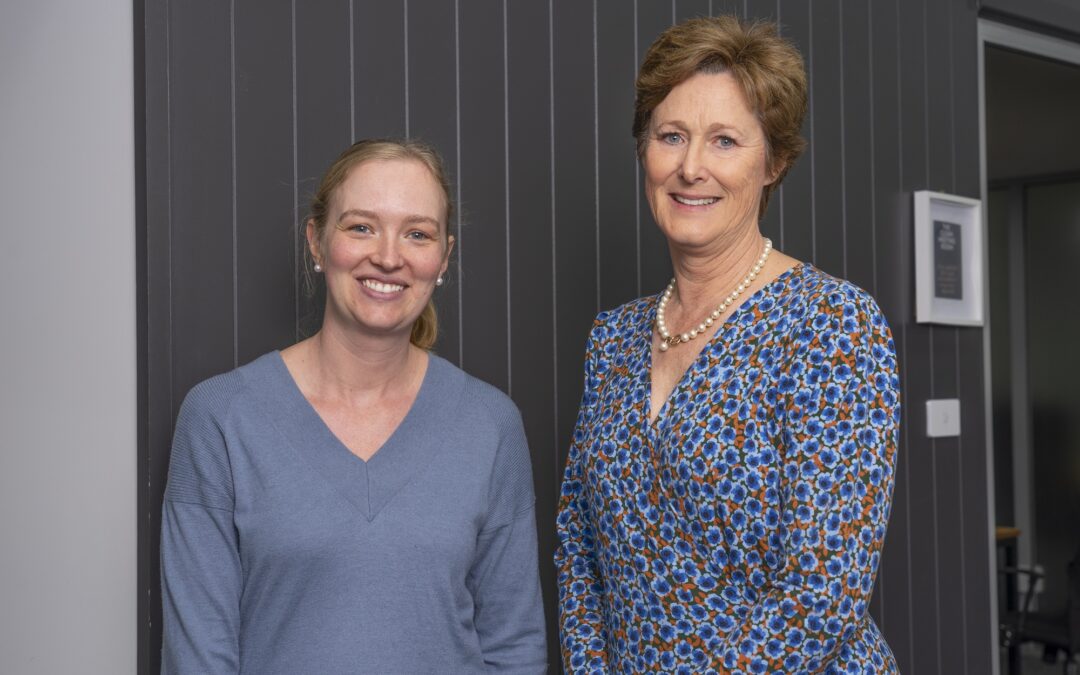Economic outlook
Changes to the official cash rate are based on the outlook for economic growth and inflation. The RBA uses a number of economic indicators such as employment, investment spend, consumer and business confidence and the housing market to determine the overall strength of the economy and how this will impact on inflation.
The RBA’s function is vitally important as an increase in unemployment generally points to a slowing economy, which may lead the RBA to cut rates to encourage consumer spending and growth. On the other hand, strong growth in employment can fuel inflation by creating wages growth, in which case an interest rate rise may be necessary, to stop the economy overheating.
Global outlook
The RBA also looks at important international factors that will drive the performance of the Australian economy, in particular demand for and the price of Australia’s natural resources.
If Australia’s trading partners are growing strongly and demand and prices of raw materials are rising, this can lead to strong economic growth in Australia and place upward pressure on interest rates. While if commodity prices and demand for our natural resources fall, this could point to slower growth going forward. Lower interest rates may be necessary. The broader global economic outlook is also considered given the important transmission to Australia through consumer and Business confidence, the share market and broader economic activity. The global outlook can be impacted by a number of factors, including sovereign debt concerns, global interest rate moves and natural disasters.
When do interest rates change?
The RBA meets 11 times a year on the first Tuesday of each month, except in January. When they meet, they will raise the official cash rate, reduce it, or keep it the same. For the official cash rate, please refer to www.rba.gov.au.
How do interest rate changes affect investments?
Interest rates rises are generally good news for people with savings. For those looking to invest in term deposits or bonds, an increase in interest rates will generally mean higher rates of return. Term deposits usually offer higher returns in a rising interest rate environment and lower returns in a falling interest rate environment. This is the reason investors may hold a diversified investment portfolio including asset classes, less sensitive to immediate interest rate changes.
For those holding fixed interest investments such as government and corporate bonds, interest rate increases may mean the value of these bonds will decrease. This is because the capital value of a bond falls as interest rates rise. While lower interest rates can mean an increase in the capital value of these bonds, any new money invested in bonds will occur at lower interest rates and the yield or return you receive will be lower in the future.
Also, as Australian interest rates rise, the Australian dollar generally strengthens against other currencies, as overseas investors are attracted to a higher yield, driving up demand for the Australian currency. In the same way, this can reduce the returns from global shares for Australian investors. When interest rates fall, the Australian dollar usually weakens making Australian commodities and exports more affordable for offshore buyers. It’s worthwhile to regularly review how the latest interest rates affect your investments to make sure you stay on track with your investment strategy. Talk to your financial adviser if you have any questions.
How do interest rate changes affect you?
For many Australians, a rise in interest rates will mean increased repayments on mortgages, loans and credit cards. With less disposable income, many people may need to tighten their belts.
Interest rate rises can be tough for families and small businesses, as increased mortgage and debt repayments can make life more difficult and expensive. While lower interest rates can mean a respite in terms of lower debt repayments, or provide an opportunity to get ahead on your mortgage.
When reviewing your finances make sure you look at how interest rates are tracking and if necessary, build in a buffer for further increases that might affect your repayments. It may also be worth looking at consolidating your debts and renegotiating your current interest rates to protect yourself from future increases.
If you would like to know more about interest rates and the effect on your investments, talk to a Roberts & Morrow Financial Adviser. They can tailor an appropriate strategy to suit your individual circumstances.
General Advice Warning: The advice provided is general advice only as, in preparing it we did not take into account your investment objectives, financial situation or particular needs. Before making an investment decision on the basis of this advice, you should also consider the relevant Product Disclosure Statement before making any decision relating to a financial product.



